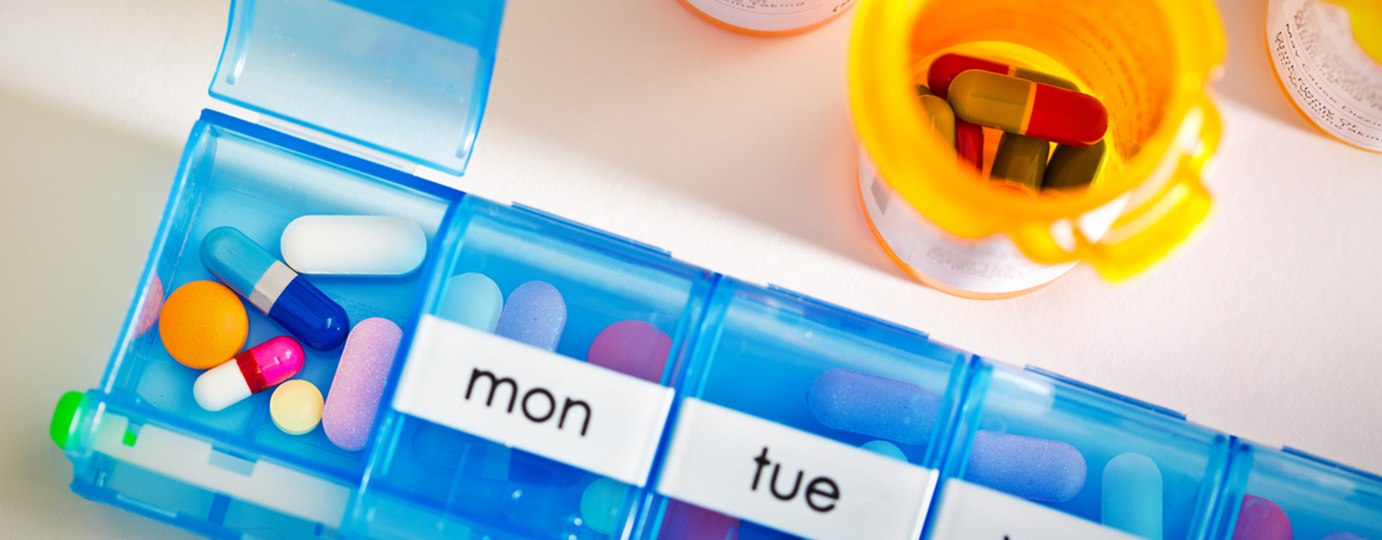Some medications can make the skin more sensitive to the sun leading to inflammation, redness and swelling similar to a sunburn. Sensitivity can be of two types:
Phototoxicity happens when UV radiation interacts with medications in the skin and causes an immediate reaction. This usually clears upon discontinuation of the drug or by avoiding the sun for an extended period.
Photoallergic reactions happens when the sun’s radiation changes the structure of a drug, which causes the immune system to see it as a foreign invader and attacks it. Photoallergic reactions can occur even after the drug has been stopped and can also spread to all areas of the body.
The list of medications that can increase photosensitivity is extensive, and you should always check with your pharmacist if you suspect having a reaction or are wondering if your medications can increase your sensitivity. Different types of medications have a much higher likelihood of causing reactions:
- Some antifungal drugs|
- Antihistamines (including diphenhydramine, cetirizine and chlorpheniramine)
- Birth control pills and estrogens
- Non-steroidal anti-inflammatory drugs (ibuprofen, naproxen and those under prescription)
- Antibiotics (including “sulfa” drugs, fluroquinolones and tetracyclines)
- Oral diabetes drugs (glyburide, gliclazide)
- Water pills (furosemide, hydrochlorothiazide)
- Cholesterol lowering drugs (statins)
- Antidepressants
- Herbal remedies like St. John’s Wort
Topical agents and oral agents for skin conditions like acne and alpha-hydroxy acids in cosmetics can also increase the incidence of reactions.
Once you know you are at risk, you can decrease it by reducing your exposure to UV radiation. Make sure to stay out of the sun, especially between the hours of 10 a.m. and 4 p.m., and stay away from other sources of ultraviolet radiation like tanning beds and sunlamps.
Eighty percent of UV radiation can penetrate clouds, so even when it’s overcast, limit your exposure. If you cannot avoid the sun, wear protective clothing such as long sleeve shirts, pants, sunglasses and a hat with a brim. Everyone should use a broad-spectrum sunscreen with an SPF (sun protective factor) of 15 or higher, applying it 15 minutes before sun exposure and then every two hours. Do the same things whether you’re in the snow or sand since they reflect both radiation (hopefully you’re on the sand and we don’t see snow for a while). Have a great summer! Take care of yourselves and each other.








